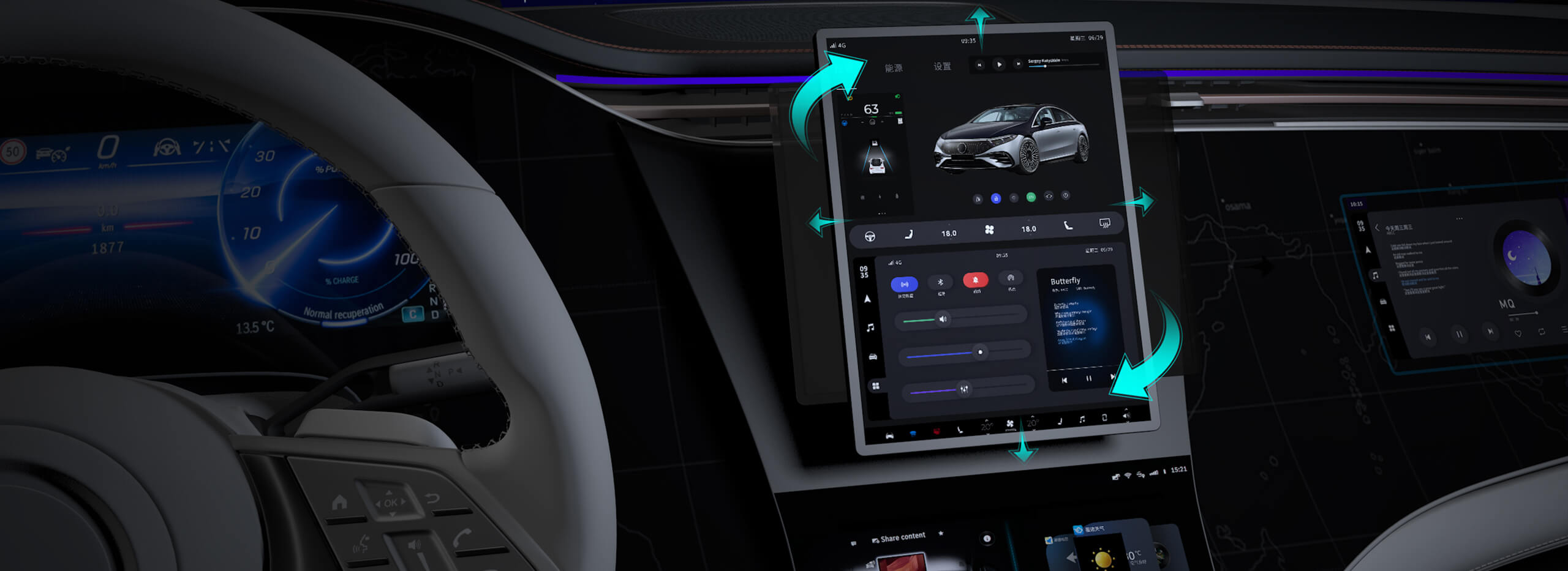Certainly! Here is the first part of the soft article on "positional rotation servo motor."
In the rapidly evolving universe of automation and robotics, the quest for precision, reliability, and efficiency drives innovation at every turn. Among the myriad components that enable machines to perform complex, delicate tasks, the positional rotation servo motor stands out as a shining example of engineering ingenuity. Its ability to provide exact position control, rapid response, and smooth motion makes it a cornerstone in countless applications — from manufacturing lines to robotic arms, from camera gimbals to aerospace systems.

At its core, a servo motor is designed to convert electrical signals into precise mechanical movement. Unlike regular motors that spin freely or at a uniform speed, servo motors are equipped with feedback mechanisms and control systems that allow them to rotate to specific angles and maintain those positions with remarkable accuracy. Among the types of servo motors, the positional rotation servo motor is particularly renowned for its rotational precision, making it invaluable in tasks where exact positioning is non-negotiable.
What exactly makes a positional rotation servo motor special? To understand this, one needs to peel back the layers of its core components. The typical architecture comprises a DC or AC motor, a potentiometer or encoder for feedback, a control circuit, and a gear reduction system. This setup enables the motor not only to turn, but to do so to a predefined position, stop precisely there, and hold that position against external forces or disturbances.
One of the fundamental principles behind the operation of a positional servo is closed-loop control. This system constantly monitors the motor's current position via feedback devices, compares it to the target position designated by an input command (for example, a control signal from a microcontroller), and adjusts the motor's power accordingly. This continuous feedback loop ensures the motor's output aligns with the desired position, executing movements that are smooth, accurate, and reliable.
The technology of positional rotation servo motors has evolved significantly over the decades. Early servo systems relied heavily on potentiometers for feedback, but modern advancements have shifted towards optical and magnetic encoders, offering higher resolution and reduced wear and tear. This upgrade dramatically improves the motor's ability to perform in high-precision environments and extend the lifespan of the system.
As we explore the mechanics, it’s vital to understand the typical categories of positional rotation servo motors based on their range of movement:
Standard servo motors: These usually operate within a 0 to 180-degree rotation range. They are perfect for applications that demand limited angular movement, such as small robotic limbs or antenna positioning.
Continuous rotation servo motors: Despite the name, these servos are capable of rotating beyond 360 degrees, often infinitely or in extensive arcs, which makes them more akin to traditional motors but still maintain positional feedback for specific tasks.
Multi-turn servo motors: Designed to rotate multiple times (several revolutions) with high resolution, ideal for applications like industrial automation and telescope positioning where extended rotational range without slip is necessary.
This categorization highlights that the versatility of positional rotation servo motors makes them adaptable for diverse industries and purposes. They are not just simple on-off actuators; they are sophisticated modules capable of fine-tuned, dynamic control.
But what does this mean for industries aiming to automate with finesse? The answer lies in the inherent balance between precision, speed, and torque. A well-designed positional rotation servo motor can swiftly respond to changing commands, position itself accurately despite external loads, and hold its position steadily, all while consuming minimal power. This trifecta unlocks a spectrum of possibilities.
Applications in Robotics:
Robotics arguably represent the pinnacle of precision motion control. From robotic arms assembling microchips to humanoid robots performing intricate gestures, positional rotation servo motors are the backbone of exact movement. Their ability to hold a position against gravity and external forces—thanks to real-time feedback—makes them perfect for delicate manipulations in tight environments.
Industrial Automation:
Manufacturing lines require repetitive, high-precision tasks. Servo motors provide exact control over conveyor positions, robotic welders, and packaging machines. They facilitate seamless integration of sensors and software for smarter, more responsive automated systems.
Camera and Imaging Equipment:
In filmmaking or surveying, camera gimbals use high-resolution servo motors to stabilize and position lenses with pinpoint accuracy, ensuring crystal-clear shots even in turbulent conditions.
Aerospace and Defense:
In aircraft and missile systems, the rapid, precise rotation capabilities of these motors enable essential functions like antenna positioning or control surface actuation under demanding conditions.
Despite these impressive applications, engineers and designers continuously seek to optimize servo motor technology. Enhancements in materials, control algorithms, and feedback sensors push the boundaries of how accurately and efficiently these motors can perform. The ongoing rise of smart servo systems—integrating IoT protocols and artificial intelligence—further amplifies their capabilities, enabling predictive maintenance, adaptive control, and streamlined integration with complex control networks.
In the following section, we’ll delve into the detailed workings, innovative developments, and future trends of positional rotation servo motors. We’ll examine how they are evolving to meet the escalating demands of automation and what next-generation designs promise for industries worldwide.
Kpower has delivered professional drive system solutions to over 500 enterprise clients globally with products covering various fields such as Smart Home Systems, Automatic Electronics, Robotics, Precision Agriculture, Drones, and Industrial Automation.




































